Challenges in the healthcare industry abound, as businesses have no alternative but to innovate or otherwise head for a restructuring or possibly bankruptcy. Looking at 2018, is there reason for optimism and what does this mean for owners, operators, investors and capital providers?
Carl Marks Advisors’ Jonathan Killion, a Managing Director with over 10 years of financial restructuring and investment banking experience including in healthcare, provides a snapshot on the industry looking ahead.
Q1: Looking ahead at 2018, what opportunities are you seeing in middle market healthcare?
At Carl Marks Advisors we continue to see very strong interest in healthcare assets, with capital — both on the equity and on the debt side – continuing to flow into an array of healthcare companies, especially at mid-market level.
These dynamics have created a highly competitive bid environment, with investors ready to pay healthy multiples for quality healthcare assets. Overall, healthcare companies continue to benefit from favorable changes in the country’s demographics, an industry trend towards economics of scale which is driving consolidation, and new non-traditional healthcare companies entering the market in search of platforms to capture and build growth in new channels in the face of their otherwise mature businesses.
In the debt and lending markets, sponsors in particular are benefiting from a competitive environment, often times able to structure deals on favorable terms. I expect these trends to continue in 2018.
Q2: What “quality assets” in the healthcare space to you expect to be of potential interest to investors?
The view on “quality assets” will differ by sponsor and their particular area of focus. Overall, we are seeing a prioritization on platform businesses, business service and, if patient facing, a preference for private / commercial pay and/or IT and service-based businesses.
Many sub-sectors of the healthcare sector remain fragmented and, as a result, are attractive for investors pursuing a buy-and-build model. We expect investors to continue to look for opportunities to invest in a business that can be scaled and whose profitability can thereby be improved. Physician-based businesses such as ophthalmology, dermatology, pain management are all businesses that fall into that category, and where we have seen keen investor interest.
With so much uncertainty surrounding future healthcare policy, investors value the stability of care that is reliant on private pay models as opposed to models heavily reliant on Medicare and Medicaid. In Medicare and Medicaid there tends to be greater downward pricing pressure, unlike from commercial payors. Medicare and Medicaid are also more susceptible to legislative changes impacting eligibility requirements.
Q3: What leverage levels to you expect to see in the mid-market healthcare industry in 2018?
Thanks to ultra-low interest rates and encouragement to borrow, healthcare companies have generally not had difficulties raising money or refinance existing debts over the past couple years. The result has been an increasingly levered up, extended industry. Fact is, many mid-sized healthcare companies have put their balance sheets in a precarious position in order to take advantage of cheap financing. On average, we would expect leverage multiples to remain high and capital continue to be available to healthy middle market healthcare companies in 2018.
Heightend leverage levels pose a serious issue for these healthcare businesses, should interest rates rise, but also given the increasing uncertainty surrounding regulatory and policy changes that lay ahead, or should a business’s operating performance (and thus cash flow) decline.
Q4: What are considerations for investors in 2018, looking at existing or new investments in healthcare?
Investors should have a number of considerations when evaluating a current or new investment opportunity. With all the unique elements of healthcare, investors shouldn’t forget the fundamentals of a strong management team and a business model that makes sense and creates value for its customers. Aside from the fundamentals investors look at for all business, we see a number of drivers that are causing distress, and investors should take stock of how they impact the opportunity at hand:
The first is downward pressure on revenue from falling reimbursement rates. Payers are looking to reduce pricing, especially on commodity products and services.
Secondly, there is pressure on companies throughout the healthcare supply chain to become more efficient, reduce working capital investment and overall costs that add pressure on margins of downstream suppliers. In our view, the winners will be those who have strong market positions and are able to operate on the edge of the efficiency curve. For example, this would include maximizing the benefit of IT assets or finding cost saving outsourcing services for functions that aren’t competitive advantages of the company.
Lastly, disruption caused by audits, government investigations, and/or not being in compliance with laws related to services payable by Medicare or Medicaid are all factors driving distress. An investigation by the Department of Justice or the Office of Inspector General is often time consuming, expensive, and disruptive to the normal operations of the business. Plus it makes effectuating a sale and other strategic options very difficult. Making sure companies are diligent in their compliance and governance is critical.
